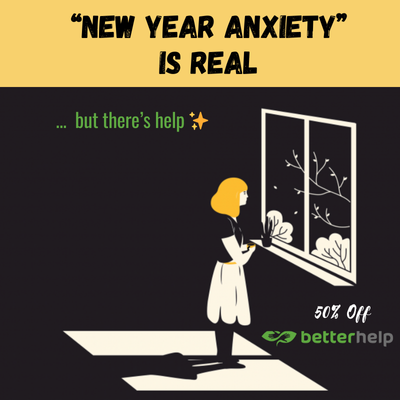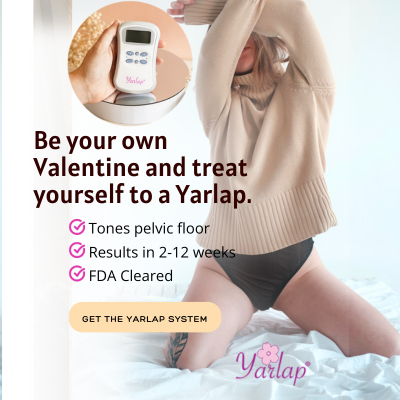View this post on Instagram
The only person I’m hanging out with these days seems to be my shadow side.
From the moment I wake up, there is a wave of grief and mourning for the world I used to know. There is jealousy and spite that arises when I see people on social media “doing more than me,” and there is unmistakable rage whenever I stumble into a news portal.
It is the nasty, bitter voice we usually try to repress. It is the unbearable angst of something inside that feels so powerless. I criticize the outside world, because I feel like a victim to its evil ways. I’m judgmental of others, because they seem powerful, and I feel lost.
Caroline Myss describes how we often consider shadow as “the dark, secretive, possibly malevolent countenance that looms in the background of our nature, ready to do harm to others as well as to ourselves.” The truth, however, is that this angsty side of us only gets louder the longer we ignore it.
“Whether the shadow becomes our friend or enemy depends largely upon ourselves,” wrote Marie-Louse von Franz, close colleague of Carl Jung.
What I’m hearing is: we don’t necessarily quiet the voice of shadow by Disney+ marathons (personal preference), constant baking, or obsessive Zoom Tinder dates. These are perfectly beautiful tools for nurturing ourselves, and necessary during this time. I’m curious, though, if there’s another way out of my shame spiral through reclaiming my power.
When I say “reclaim power,” I don’t mean this good vibes only sh*t. I don’t want to positively think my way out of despair. I have to believe that there’s self-esteem beyond blind optimism.
There is an unfortunate perspective propagated by yogis, modern mystics, and maybe some Whole Foods shoppers that seems to deny the fact that this negativity exists. Not only is negativity thriving and surviving out there, it is also a living, breathing animal inside of me.
As someone who comes to yoga spaces with a body and mind conditioned by sexual trauma and depression, I’m only more angry at the mention of how I need to reframe my thoughts to be more “spiritual.” As a woman, I feel relentlessly taught how to be more compassionate and gentle without any recognition of what feels like rightful fury inside.
These times have shown us that there is no ignoring the shadow anymore. Now, the question is: How will we rise to meet it?
The power that I think is possible to reclaim looks like an integration of this shadow into my understanding of myself.
I want to see how ugly I can be and still love myself. I want to look at my anger with unabashed eyes and say, “Hello. Come in. I’m listening.”
Dr. Albert Wong, director of the Somatic Psychology program at John F. Kennedy University, proposes a model for healing trauma that feels apt here: start with gaining resources to feel safe, address the feelings that arise, and then work toward moving forward.
First, we have to start with building tools that give us an internal feeling of safety.
It’s a blessing and a curse that we have so many options, so I think we have to start with the most universally accessible (and free) resource: the breath. The most basic and fundamental thing we can do is sit with our breath. Instead of immediately reacting or distracting, we can notice the quality and pace of the air moving through us and for us.
It’s most important that we enjoy this practice while we’re not feeling triggered. We can practice becoming aware of breath during moments of our day that feel almost mundane. The more we turn to the breath as a safety tool throughout our daily lives, the more comfortable we will be relying on it in times when our sympathetic nervous system is activated.
There is no denying that living in quarantine during COVID-19 is a traumatic experience. When shadow arises during these times, our sympathetic nervous system will likely turn on and we’ll be driven to fight or fly. The other option we have available is to feel.
One of the most beautiful ways we can switch from a sympathetic to a parasympathetic response, the mode of our nervous system that helps to rest and digest, is by making the length of the exhale longer than the inhale. We can practice inhaling for three counts and exhaling for four, continuing to deepen the exhale as we feel safe and comfortable.
In addition to breathing techniques, we have an abundance of free online resources; the trick is discovering which ones work for us. There’s yin yoga, restorative practices, and somatic experiencing. These are all different styles of movement designed for turning on the parasympathetic nervous system, rather than our typical vinyasa and power style yoga sequences that get the blood pumping.
We also build a sense of security by noticing and calling on the friends who are willing to sit in the discomfort with us.
One of my biggest fears is that when I’m having a hard time, I’ll turn to a friend and she’ll immediately start offering me advice. I’m scared to be sent to see the more positive side of my situation. The other day, a friend challenged me to set goals and make plans for how I will adapt my career to the new future that lies ahead. This made me feel more bleak and tired.
Power rises in me when I’m able to say: “Right now, I’m not ready for that. What I need at this moment is for you to listen and ask me questions about what I’m feeling. I’m scared, and I need you to listen.”
More than “fixing” in these moments, we need what Dr. Wong calls “felt sense.” This is the “simple” experience of feeling together. We need to know that what we’re feeling is real.
The more we’re able to ask for what we need to feel safe, the more capable our friends and loved ones are of giving it to us.
Building resources is the necessary first step, because it is the foundation we can rely on as we transition into phase two: sitting with the shadow.
If we’re willing to believe that the shadow isn’t just the scary, fearful part of ourselves, we can start to feel comfortable sitting it down, asking some questions, and seeing it as our teacher.
In line with good vibes only culture, we are often encouraged to sit down and only meditate on some happy, light part of ourselves. Perhaps we’re asked to draw our awareness to the third eye or travel to some different dimension of bliss and peace, but how can I get there if what’s screaming is the loneliness in my heart?
Deneen Fendig, recently featured on Midnight Gospel, says we have to start with the sensation that’s most alive with us at the moment. Our loneliness, grief, or confusion is the best doorway inside.
It is, of course, helpful to navigate this internal experience with a counselor or therapist, but if we feel comfortable on our own, I think we can start by asking some questions. We can brainstorm these on our own, or I’d like to offer:
Where do I sabotage myself to stay powerless?
Where do I make excuses for why I can’t succeed, and why I’ll never be as successful as someone else?
Where have I learned to use others to guide me as an excuse to avoid taking care of myself and listening to my own intuition?
I’ve started to see that when I want to run away through exercise or mindless scrolling, that is the exact moment where I should be going toward my feelings of insecurity and despair. I’m able to consider that when a work or dating opportunity is presented to me, rather than immediately assume I’m not worth it, I can tell myself, this is being presented for a reason, and I can try my best.
I’m in the process of realizing how in the moments where I am most jealous of someone else’s success, I have an opportunity to get creative and passionate about what I want to share with the world. I can be inspired by the work of others and think about how I want to add, because there’s enough room for all of us.
I’ve felt really comfortable letting my partners, closest friends, and family members tell me what they think is best for me, and then following that advice to get their stamp of approval. By doing this, I’ve avoided taking accountability of what I want for my life. This is not a time to regret my past, but it is a time to take ownership of the choices I want to make in the future.
The final stage in this journey is moving forward. As a country, we don’t know what this looks like yet, and that makes it even harder to make decisions on an individual level. This is why I propose we move forward with as much permission for imperfections as possible.
Yes, our shadow side may be making a big arrival right now, but this doesn’t need to be the time we become its best friend. We don’t need to emerge from this time as heroes or fully empowered, graceful, and miraculous human beings.
Naw. I’d rather be real.
One of the most beautiful teachings I learned from studying Traditional Chinese Medicine is that we are most balanced as human beings when we experience the full range of our emotions throughout the day: anger, creativity, despair, longing, lust, and so on.
For this time and beyond, can we live a reality where the complexity of our humanity is explored and accepted?
How will we sit with the shadow? What kind of bread will we bake for it?
~









Read 2 comments and reply